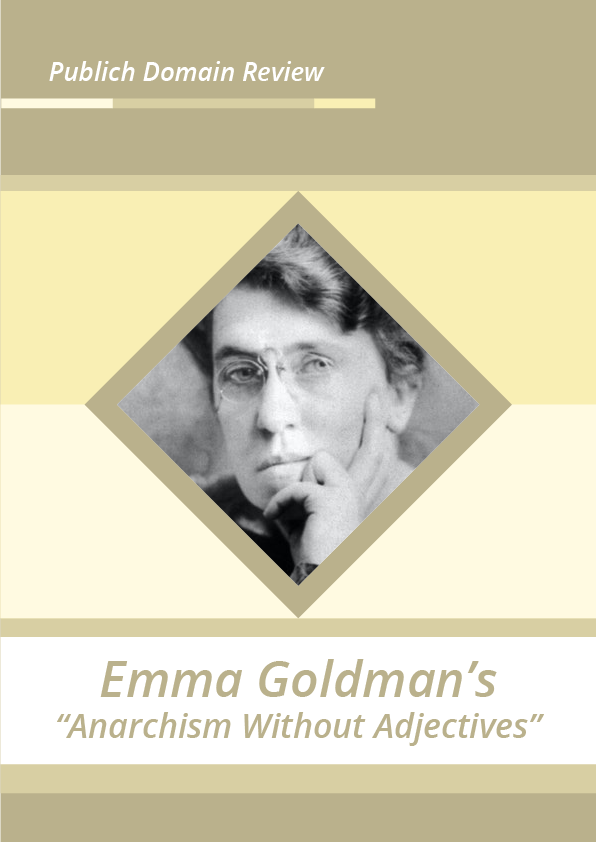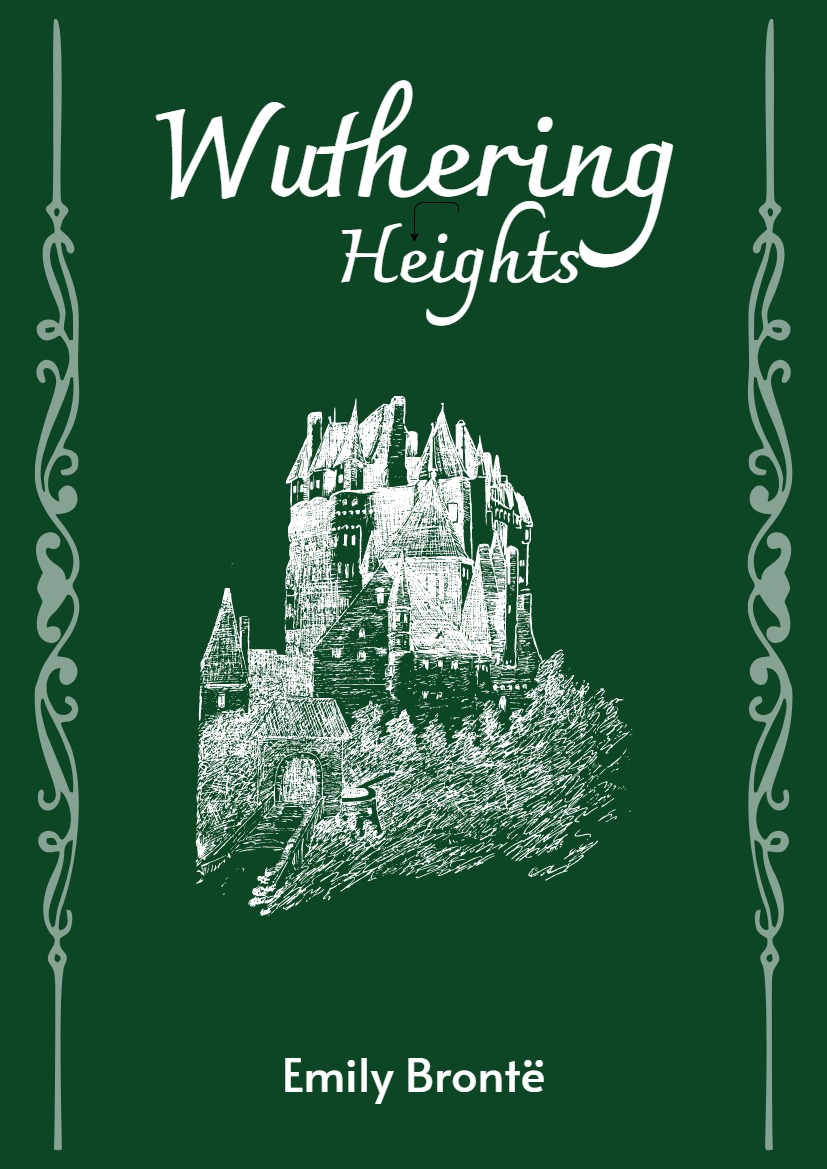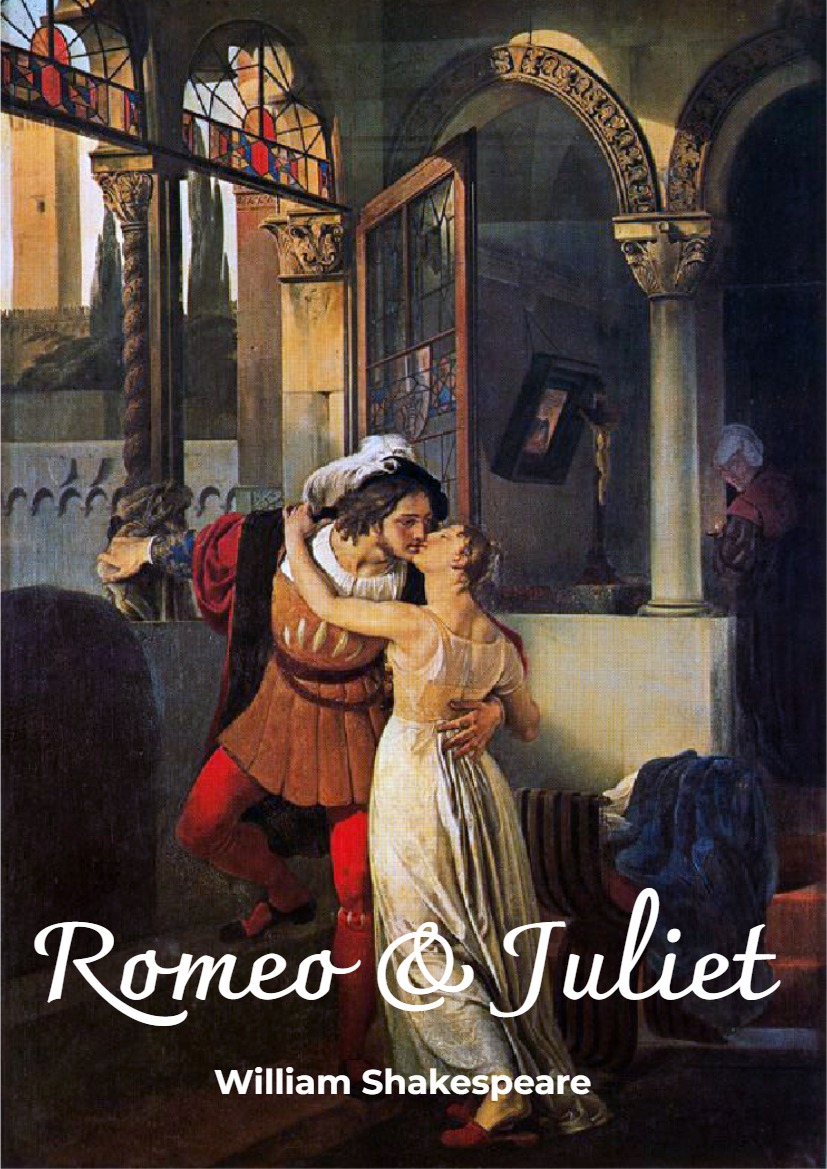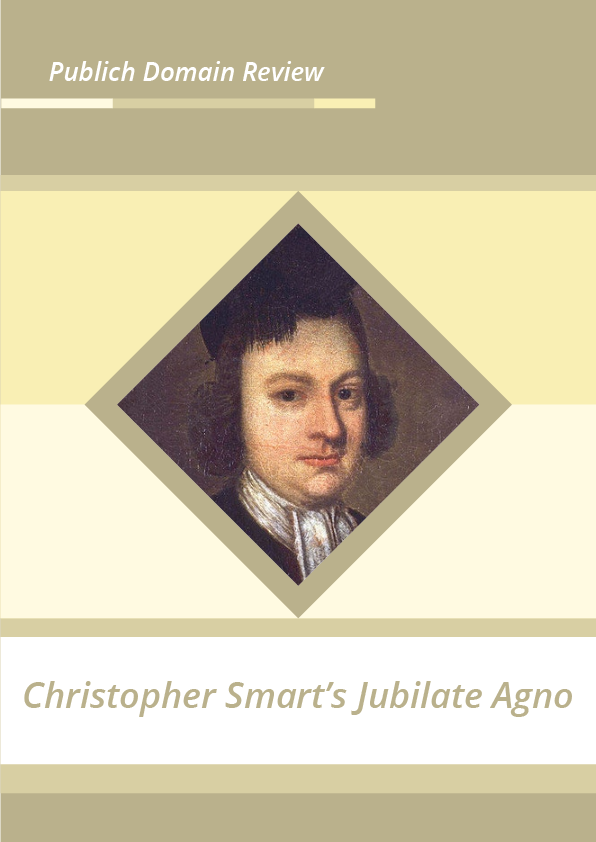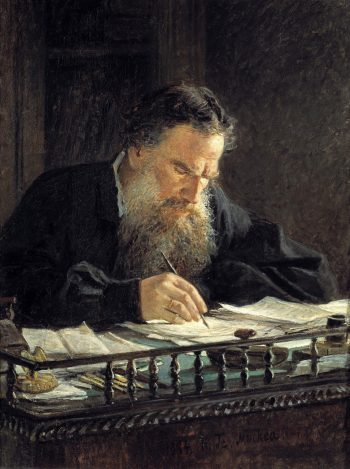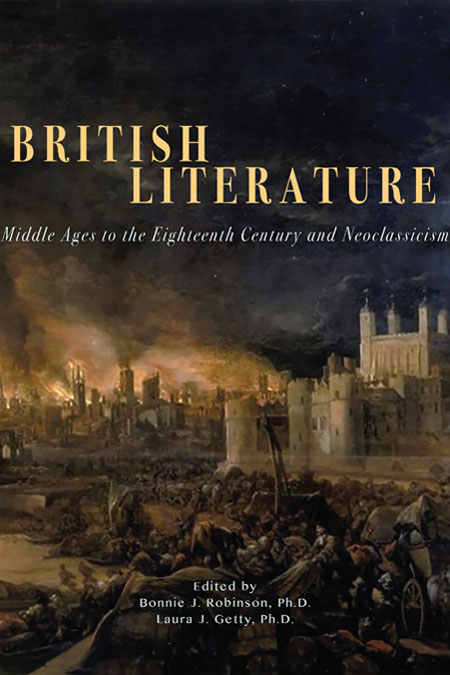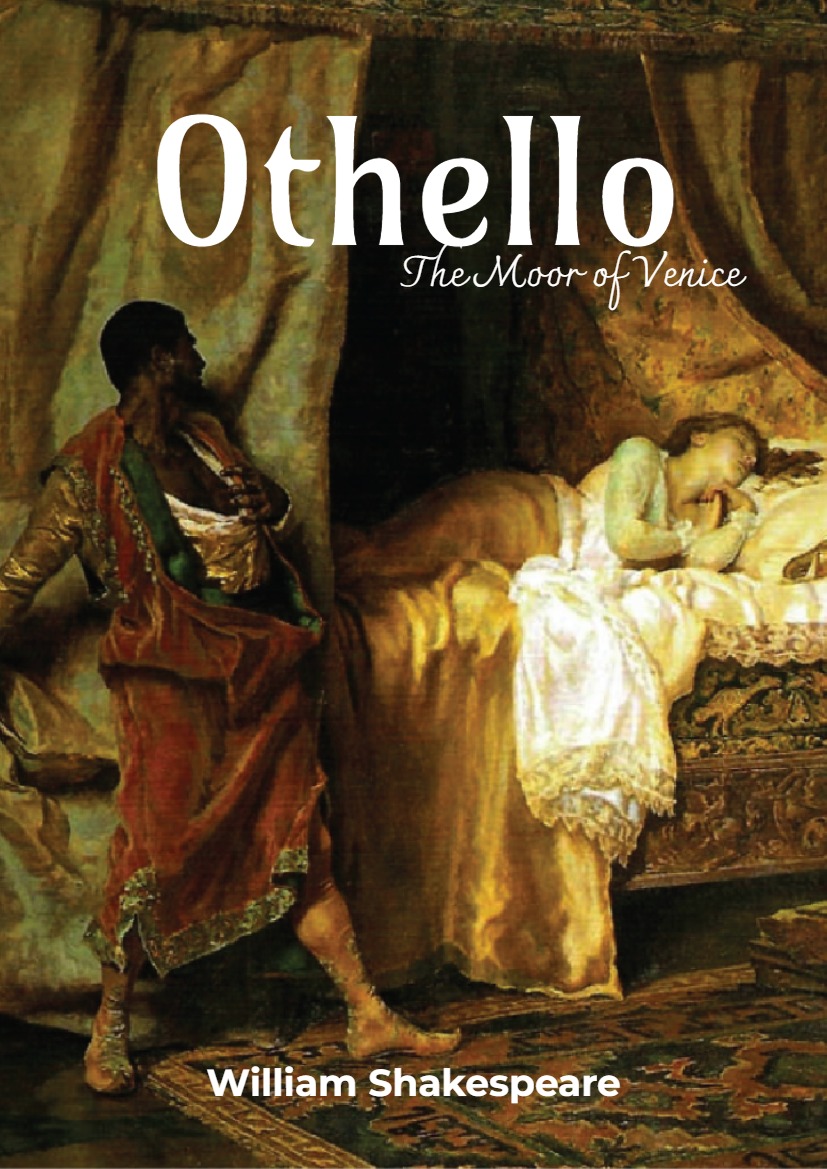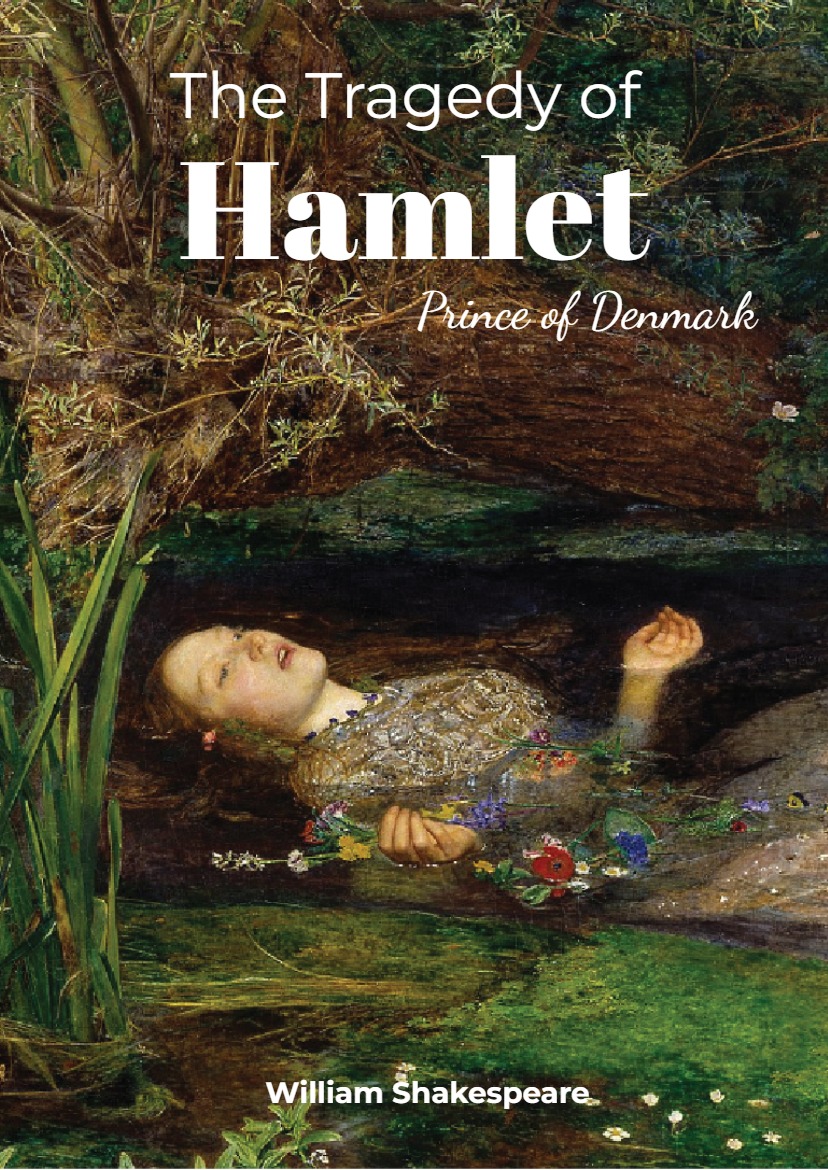With his extravagant dress, entourage of exotic pets, and morbid fascinations, Count Stenbock is considered one of the greatest exemplars of the Decadent movement. David Tibet on the enigmatic writer’s short and curious life.
In his lurid and excitable The Magical World of Aleister Crowley (1977), the popular historian of magic Francis King wrote of Count Eric Stanislaus Stenbock that
[he] made an attempt to understand his own homosexuality in terms of traditional occultism, eventually coming to view his condition as an aspect of vampirism and lycanthropy… torn between Catholicism and diabolism… he died, deluded that a huge doll was his son and heir, in 1895.
This fantastical portrait of a decadent and his doom is as much as even the most dedicated enthusiast of baroque fiction might have known at that time about Stenbock, a deeply mysterious writer described by W. B. Yeats, in his anthology The Oxford Book of Modern Verse, 1892-1935, as a “scholar, connoisseur, drunkard, poet, pervert, most charming of men”.
Eric was born, on March 12, 1860, to Lucy Sophia Stenbock, the daughter of a well-to-do German cotton importer who had moved to England, and her husband Erik Friedrich Diedrich Magnus Stenbock, a member of the extended Swedish and Russian aristocracy, with large estates in Estonia, having the beautiful manor house at Kolga (known in German as Kolk) as the family seat.
He was christened Eric Magnus Andreas Harry, and brought up at Thirlestaine Hall in Cheltenham. His father was not to live long, dying (from drink, it is said) the following year at his estate in the Tyrol, whilst his wife was in England. Lucy soon remarried a gentleman called Frank Mowatt, a clerk in the British government’s Treasury Office; he was to become Permanent Secretary in 1894.
Information about Eric’s life is often scanty. But we do know that his health was poor as a child. The young boy entered a school in Wiesbaden, Germany in 1874, as desired by his stepfather. Leaving Wiesbaden in 1877, he went up to Balliol College at Oxford University, but he remained there for only four terms.
In a letter from March 27, 1877, Mowatt wrote to Nikolai Stenbock:
Eric has, as you know, become a Roman Catholic. It is a very great grief to his mother and myself and will I am sure cause sorrow to all his family. He is however still young, and perhaps at Kolk, where there are very few priests, he may grow wiser as he gets older, and again join some less ridiculous religion. Eric’s health until the last few years has been not good, and it has made his education very difficult. He is now however quite well and strong as you will find when he comes to you.
The problem was not just Eric’s conversion to the “ridiculous religion” of Roman Catholicism (at which he had taken the name Stanislaus, in honour of one of his favourite saints, St Stanislaus Kostka). Frank Mowatt foresaw future problems that would arise from Eric’s idiosyncratic and profligate nature:
I strongly recommend that he should not be allowed to spend too much money. I will supply him with an allowance of £400 a year which ought while he remains with you to be sufficient for his entire expenditure including the amount which he will have to pay to his tutor and professors. If he is allowed to spend more money or to get into debt I am afraid from my knowledge of his character that he will easily become extravagant.
In 1881, at age twenty-one, Eric published his first book, Love, Sleep, & Dreams, a short collection of haunting, melancholic, and tortured poems, including an untitled piece about a “passionate male heart” that loved the subject of the poem when he “was a boy”. No reviews of the book are known; the book itself, like all of the other volumes of his work published during his lifetime, is exceptionally rare.
Two years later, he was to publish Myrtle, Rue, And Cypress, a somewhat longer collection. He dedicated it to the extraordinary pre-Raphaelite painter Simeon Solomon, who had been arrested ten years earlier for homosexual activity in a public toilet, and who had begun his long and sad journey into public opprobrium and alcoholism. It was also dedicated to one of Eric’s cousins, Arvid Stenbock, with whom he had had a close relationship — one close enough to be looked on disapprovingly by his family — and also to Charles Bertram Fowler, the sixteen-year-old son of an Oxfordshire clergyman, who had died of consumption in 1880. The contents of the poems are desolate, suicidal, spectral and supernatural, and Eric’s love of young men is increasingly evident, as is the darkness that surrounded him. Once more, no reviews are known.
After spending time travelling in Russia, Germany, and Estonia, in 1884 Eric exiled himself to Belgium, to escape the debts he had amassed with his printers, and perhaps also through the luxurious life foretold by his stepfather. He lived in financial hardship, primarily in Bruges, until 1885, when his grandfather died and Eric inherited the palatial family estates in Estonia. He moved swiftly into the manor house at Kolga, the Stenbock residence. He was to be a generous, and much-loved, master of his lands. It was, however, already obvious that he was unlikely to marry and have children.




